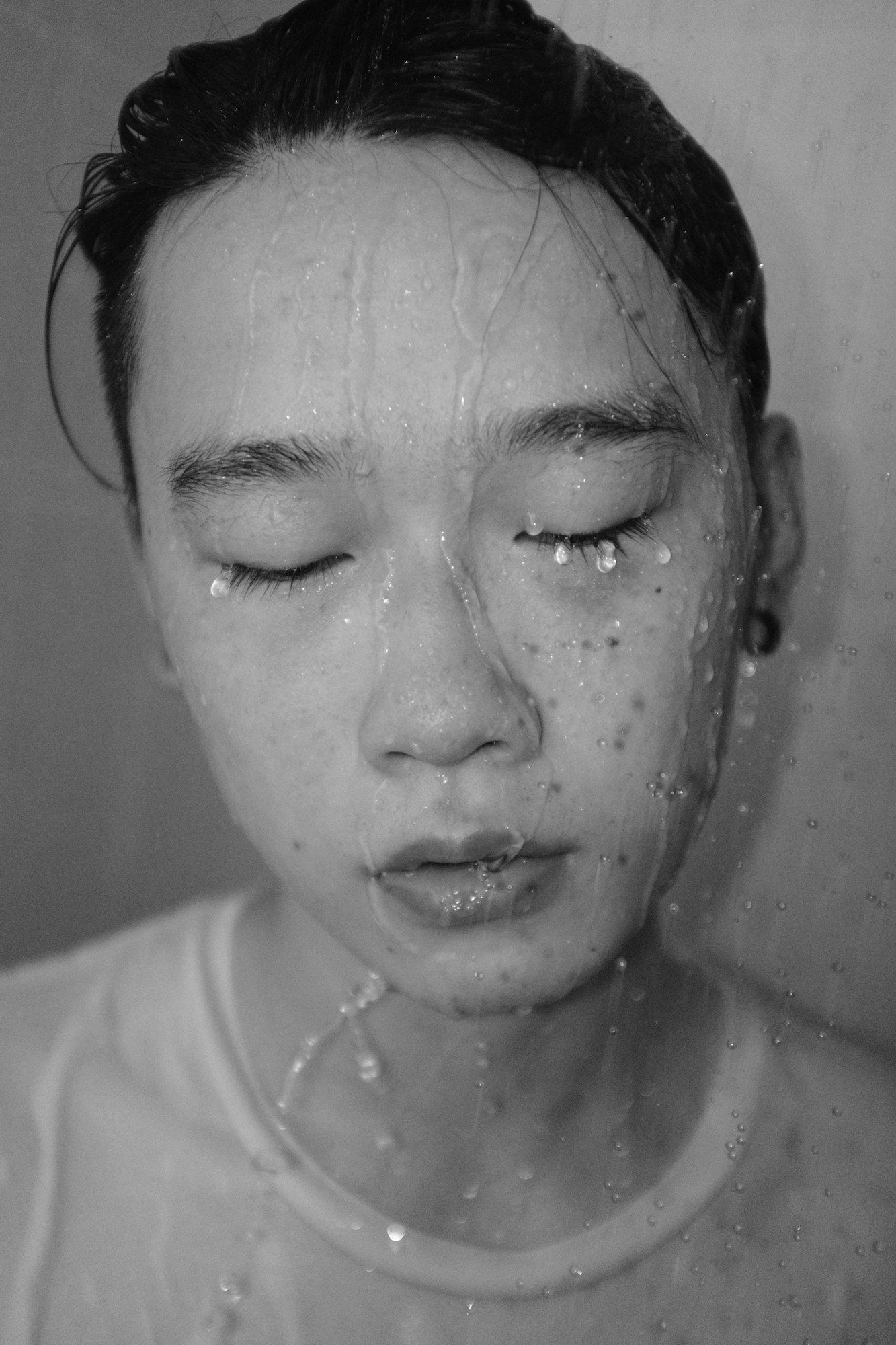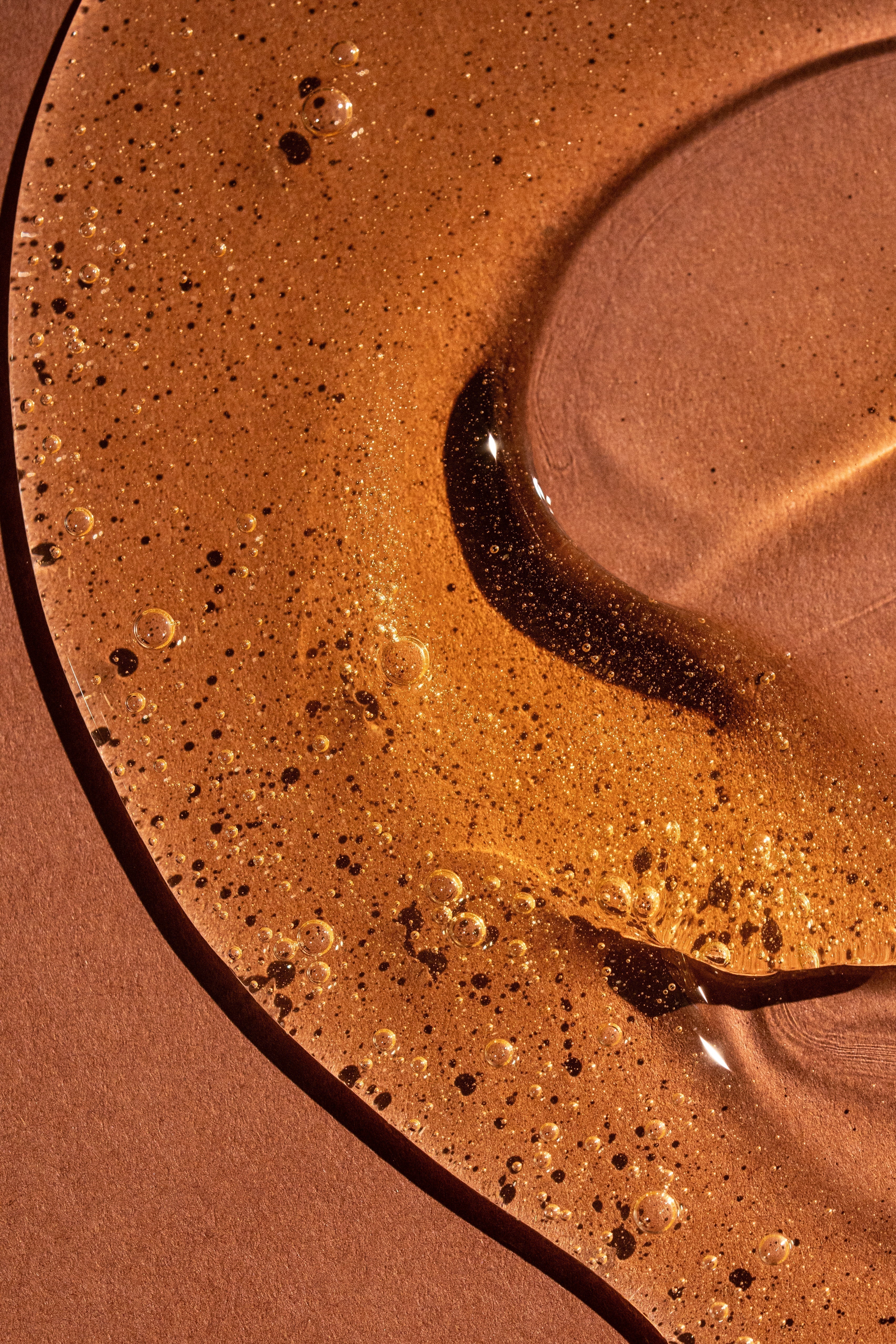on pheromones and pheromone parties.

A case for the pheromone party.
In pop culture, pheromones are often discussed in the context of love or attraction--as in, we “release” natural chemicals that bring potential suitors to the yard. This is the inspiration behind modern day “pheromone parties,” or gatherings where people try to find love by sniffing anonymous articles of well-worn clothing.
A typical pheromone party might look like this: attendees put their shirt into a numbered plastic bag and everyone takes turns sniffing each bag, indicating which scent they find most attractive. Then the host sees if anyone has a match.
Whether recent science supports this dating tactic is unclear. Because while it is absolutely true that we release pheromones, or chemical substances, via natural processes such as sweat, it’s still uncertain whether pheromones actually play a major role in our attraction and behavior. All researchers know is that pheromones may be useful in determining a person's sex and genetic identity.
Genetic identity is a broad term but, for the purpose of explaining the origins of our cultural interest in pheromones, we will discuss a group of genes known as major histocompatibility complexes (MHC), which allow our immune systems to recognize compatible or foreign proteins. The genes of the MHC are thought to provide a basis for an individual’s “smell” coding, AKA, how we receive and perceive smell.
To understand how this all ties together with attraction, let’s first take a look at one of the first studies on MHC and attraction, conducted by Swiss zoologist Claus Wedekind (1).
In Wedekind’s 1995 study, arguably the first pheromone party on record, six male participants wore a t-shirt for two consecutive nights. The next day, female students were asked to rate the scent of each shirt. Results showed that women preferred the scents of men whose MHC less closely resembled theirs. They also tended to associate these preferred scents with former partners.
In the study’s discussion, Wedekind suggested that combining two substantially different MHC systems might lead to a greater defense against pathogens, and so we are subconsciously drawn towards these variable systems on our quest to... do the reproduction deed.
Research on the topic continues into the present day, but more modern studies question whether our “type” is actually determined by subconscious processes. Although the data continues to show that we are able to determine differences in another person’s MHC, a 2020 study found no significant correlation between MHC differences and mate selection (2).
This is partially because scientists face a major challenge with this kind of research: trying to “standardize”--or simplify--the factors that influence human choice. Effectively, scent-driven
mating behavior is another way we challenge the notion of free will, a infamous stumbling point in humanity’s quest for Answers.
But pheromone chatter will likely carry on as anecdotal evidence continues to fuel our curiosity.
Try to name one hot person who smells bad, or try this thought experiment: Imagine meeting your celebrity crush--whom you’ve idolized for their stellar looks, perfect personality, and covertly massive philanthropic contributions--and finding out they smell like a wet dog or a well-loved gym bag. It’s most likely difficult for you to envision a purely erotic experience with this “perfect” mate. Enjoyment of good smells is universal, and it’s hard to argue with the idea that scent breeds attraction.
The topic of physical attraction’s inadequacy was addressed by Judith Pray, a Brooklyn artist who was featured on CNN for bringing pheromone parties to her borough in the early 2010s. In her interview, she brings up how her use of dating websites was unsuccessful, but one “set up” date with a person she wouldn’t have otherwise gone for on the websites led to a two year relationship. His standout quality? He smelled really good.
-
(1) Wedekind, C., Seebeck, T., Bettens, F., & Paepke, A. J. (1995). MHC-dependent mate preferences in humans. Proceedings of the Royal Society of London. Series B: Biological Sciences, 260(1359), 245-249.
-
(2) Havlíček, J., Winternitz, J., & Roberts, S. C. (2020). Major histocompatibility complex-associated odour preferences and human mate choice: near and far horizons. Philosophical Transactions of the Royal Society B, 375(1800), 20190260.

